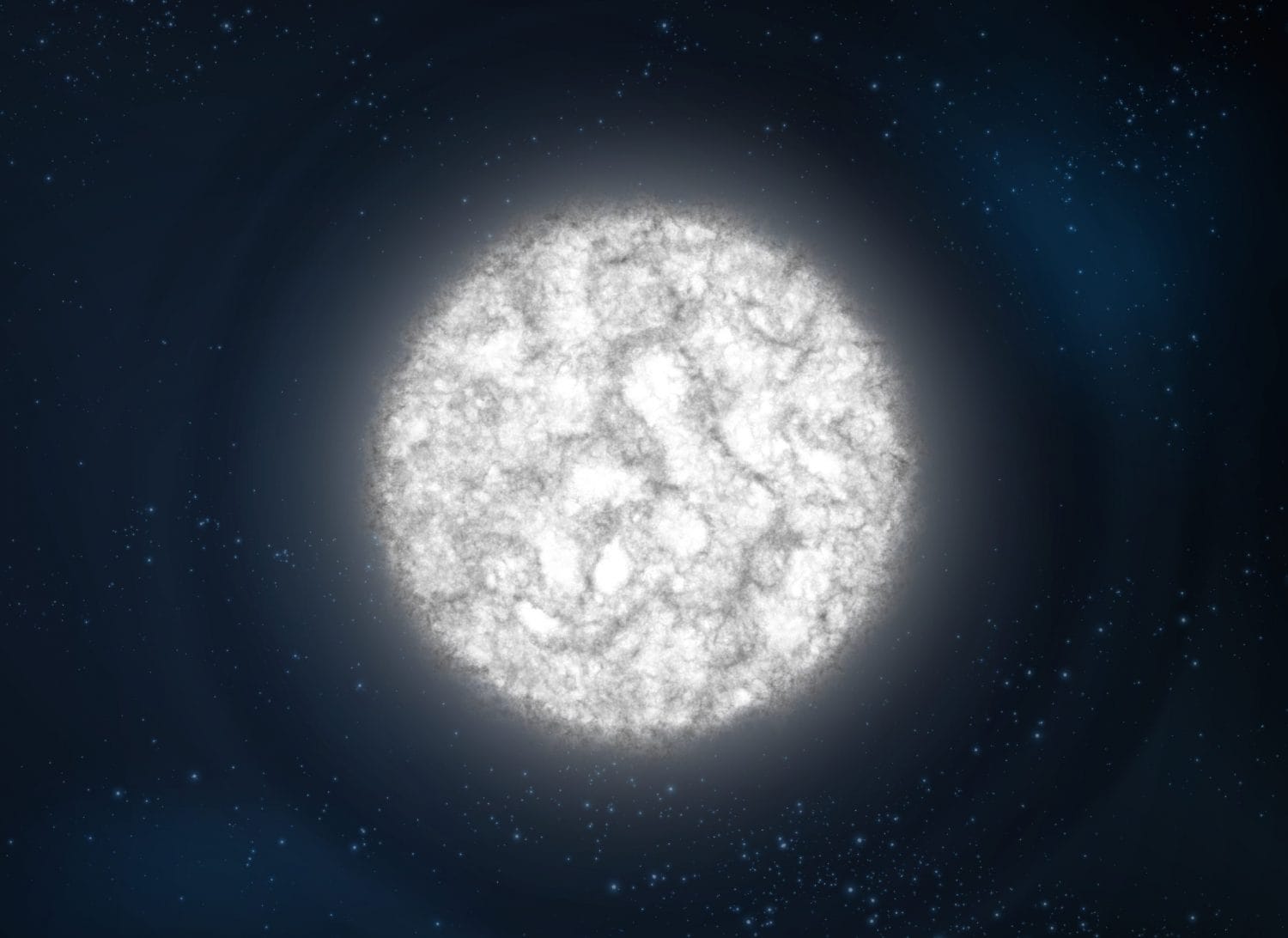The study of ice cores has emerged as a pivotal area of research in understanding Earth’s climatic and environmental history. These cores, which are drilled from ice sheets and glaciers, contain layers of ice that have accumulated over thousands of years. Each layer represents a year of snowfall, trapping air bubbles and particles that provide a snapshot of the atmosphere at that time. As scientists analyze these layers, they are able to reconstruct past climate conditions, offering insights into how the Earth has changed over millennia.
One of the most significant aspects of ice core research is its ability to reveal historical atmospheric composition. By examining the air bubbles trapped within the ice, researchers can measure the concentrations of greenhouse gases such as carbon dioxide and methane. This data is crucial for understanding the natural fluctuations in these gases over time and how they correlate with temperature changes. For instance, studies of ice cores from Antarctica have shown that during glacial periods, carbon dioxide levels were significantly lower than they are today, while interglacial periods saw a rise in these gases, coinciding with warmer temperatures.
In addition to greenhouse gases, ice cores also provide evidence of past volcanic activity. When a volcano erupts, it releases ash and gases into the atmosphere, which can be deposited in layers of ice. By identifying these layers, scientists can date volcanic events and assess their impact on climate. For example, the eruption of Mount Tambora in 1815, which led to the “Year Without a Summer,” can be traced through ice core records, illustrating how volcanic activity can influence global temperatures and weather patterns.
The information gleaned from ice cores is not only valuable for understanding past climates but also for predicting future changes. As the planet continues to warm due to human activities, the data from ice cores can help scientists model potential future scenarios. By understanding how the Earth responded to past climate changes, researchers can better anticipate the impacts of current trends, such as rising sea levels and extreme weather events.
Moreover, ice cores serve as a critical tool for studying the effects of human activity on the environment. The industrial revolution marked a significant increase in greenhouse gas emissions, and ice cores provide a clear record of this change. By comparing pre-industrial levels of gases with current concentrations, scientists can quantify the extent of human impact on the climate. This information is essential for informing policy decisions and developing strategies to mitigate climate change.
The process of extracting and analyzing ice cores is complex and requires specialized equipment and techniques. Researchers often travel to remote locations in Antarctica, Greenland, and high-altitude glaciers to collect these samples. Once extracted, the cores are transported to laboratories where they are carefully analyzed. Techniques such as gas chromatography and mass spectrometry are employed to measure the composition of the trapped gases, while isotopic analysis can provide insights into temperature changes over time.
As the effects of climate change become increasingly apparent, the importance of ice core research continues to grow. These ancient records not only enhance our understanding of Earth’s past but also serve as a crucial resource for addressing contemporary environmental challenges. By piecing together the puzzle of our planet’s history, scientists are better equipped to inform future generations about the importance of sustainable practices and the need for immediate action to combat climate change.
In conclusion, ice cores are invaluable archives of Earth’s climatic history, offering a wealth of information about past atmospheric conditions, volcanic activity, and the impacts of human activity on the environment. As researchers delve deeper into these frozen records, they are uncovering critical insights that can help us navigate the complexities of our changing climate. The ongoing study of ice cores will undoubtedly play a vital role in shaping our understanding of the Earth’s past and guiding our efforts to protect its future.

